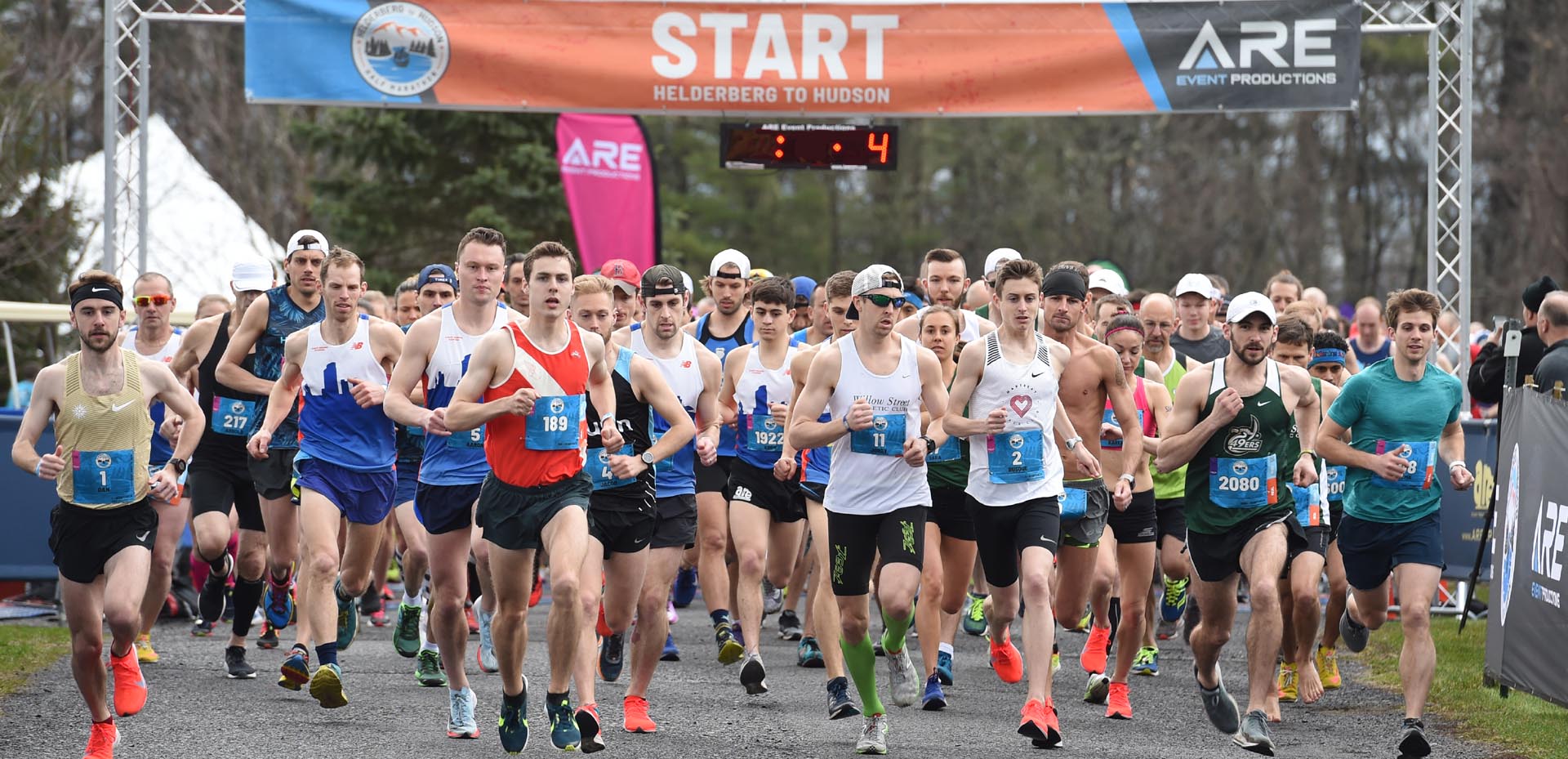Revolutionizing Engagement Via the Effortless Fusion of Virtual Experiences and Face-to-Face Engagements in Hybrid Occasions
Revolutionizing Engagement Via the Effortless Fusion of Virtual Experiences and Face-to-Face Engagements in Hybrid Occasions
Blog Article
Blended gatherings are growing increasingly common as they combine the best elements of both physical and virtual encounters. This innovative method allows participants to engage with material and one another in manner that were not possible before. By incorporating virtual technology into these events, planners can create engaging experiences that boost involvement and interaction. This smooth fusion of virtual and physical elements can lead to more meaningful connections among participants, whether they are present in reality or participating remotely.
One of the primary benefits of using VR reality in blended events is the capability to create a shared space for all participants. In a conventional setting, physical attendees might have entry to certain activities or opportunities that remote attendees cannot enjoy. However, with virtual reality, everyone can explore the same digital space, no matter of their location. This technology allows for engaging presentations, online connecting chances, and even game-like experiences that can engage audiences. As a result, participants feel more included and connected, leading to a more fulfilling overall experience.
Moreover, virtual technology can help overcome barriers that often occur in hybrid events. For example, remote attendees may feel disconnected or disengaged from the central event. By integrating virtual reality, planners can create a feeling of involvement that makes virtual attendees feel as if they are part of the action. This can be achieved through elements like virtual representations, which allow participants to connect with one another in live. Such connections can encourage collaboration and connecting, making it easier for people to engage and share thoughts, no matter of their geographical position.
In addition to enhancing engagement, the use of VR technology in hybrid events can also provide valuable data and insights for organizers. By tracking attendee interactions and behaviors within the virtual environment, event planners can gather data on what elements of the gathering were most engaging. This data can be event staging and production used to enhance future events, ensuring that they meet the needs and wants of participants. Grasping how attendees engage with both the digital and physical components can lead to more effective event approaches and improved overall experiences.
Finally, the combination of VR technology and physical engagements in blended gatherings represents a major shift in how we approach gatherings and conferences. As innovation continues to advance, the capability for creating immersive and dynamic experiences will only increase. By embracing this new model, event planners can transform the way individuals engage, educate, and collaborate. The future of hybrid gatherings is promising, and the smooth integration of virtual reality will play a crucial role in shaping that prospect.